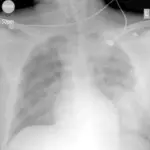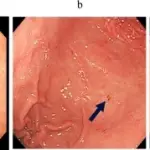Anabolic Steroid Injury is the injury caused by taking anabolic steroids.
What is the Pathology of Anabolic Steroid Injury?
The pathology of anabolic steroid injury is:
-Etiology: The cause of anabolic steroid injury is weight lifting
-Genes involved: None.
-Pathogenesis: The sequence of events that lead to anabolic steroid injury shows dysplasia of collagen fibrils, which can decrease the tensile strength of the tendon, leading to injury.
-Morphology: The morphology associated with anabolic steroid injury shows changes in the tendon’s crimp and alter the rupturing strain of the tendon.
-Histology: The histology associated with anabolic steroid injury shows a ruptured tendon.
How does Anabolic Steroid Injury Present?
Patients with anabolic steroid injury typically affect males present at the age range of 18-40. The symptoms, features, and clinical findings associated with anabolic steroid injury include fatigue, restlessness, loss of appetite, sleep problems, decreased sex drive, and steroid cravings.
How is Anabolic Steroid Injury Diagnosed?
Anabolic steroid injury is diagnosed using blood tests and urine analysis.
How is Anabolic Steroid Injury Treated?
Anabolic steroid injury is treated using antibiotics ciprofloxacin and doxycycline.
What is the Prognosis of Anabolic Steroid Injury?
The prognosis of anabolic steroid injury is good with complete reversible symptoms.



